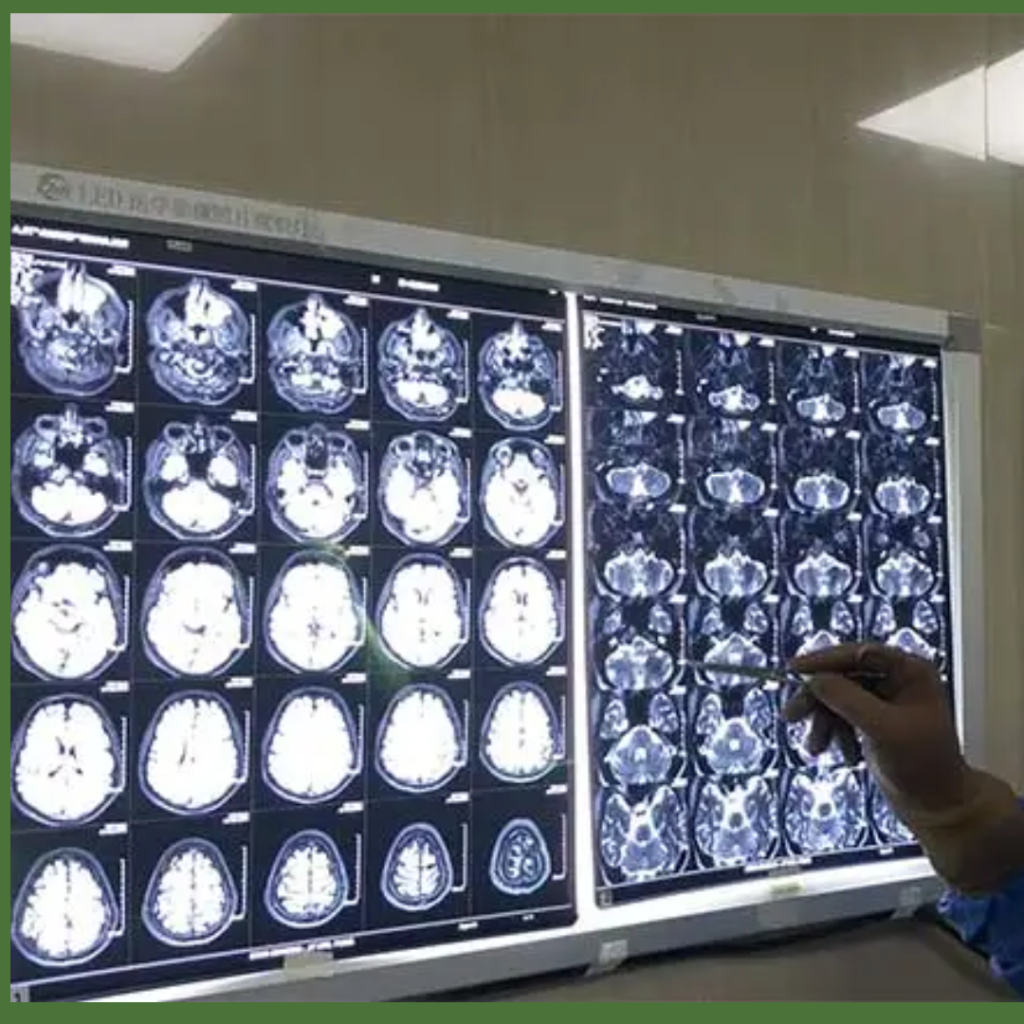Trigeminal neuralgia, known for its intense, sudden facial pain, significantly impacts daily life. Despite this challenge, effective management strategies can help maintain quality of life. This blog post offers practical tips for living well with trigeminal neuralgia, from understanding your condition and identifying pain triggers to embracing effective pain management techniques. We aim to empower those affected by providing insights that enable them to manage their symptoms effectively and enjoy life to the fullest.
Understanding Your Condition
Living with trigeminal neuralgia requires a deep understanding of the condition to manage it effectively. Knowledge is power, especially when dealing with a disorder as complex and variable as trigeminal neuralgia. By identifying what triggers the pain and ensuring an accurate diagnosis, patients can tailor their management strategies to fit their specific needs. This section will delve into how patients can become experts on their condition, thus gaining greater control over their symptoms and improving their quality of life.
Recognizing Triggers
Every individual with trigeminal neuralgia may experience different triggers that precipitate pain episodes. Common triggers include light touch, exposure to wind, chewing, or even talking. By meticulously tracking daily activities and corresponding pain occurrences, patients can start to notice patterns and pinpoint specific triggers. This awareness allows for the avoidance of known triggers or the application of strategies to lessen their impact, ultimately reducing the frequency and severity of pain episodes.
Importance of Accurate Diagnosis
Achieving an accurate diagnosis is critical in the journey to manage trigeminal neuralgia effectively. Due to the variety of symptoms that can mimic other facial pain conditions, trigeminal neuralgia is often misdiagnosed, leading to treatments that are ineffective or even detrimental. Consulting with a healthcare provider who specializes in nerve disorders, particularly those who have experience with facial pain, is essential. An accurate diagnosis not only confirms the presence of trigeminal neuralgia but also rules out other potential causes of the symptoms, ensuring that the treatment plan is appropriate and effective.
Pain Management Techniques
Effective management of trigeminal neuralgia pain is crucial for maintaining quality of life and minimizing the disruptive impact of this condition. This section will cover both traditional medication strategies and alternative methods that can offer relief, giving patients a range of options to consider in consultation with their healthcare providers.
Medication Management
Medication is often the cornerstone of treatment for trigeminal neuralgia. Anticonvulsants, such as carbamazepine and gabapentin, are the primary medications used to block nerve firing and reduce pain. These medications need to be carefully dosed to maximize effectiveness while minimizing side effects. It’s important for patients to work closely with their healthcare providers to find the optimal medication and dosage. Regular follow-ups are necessary to adjust the treatment plan based on the effectiveness and any side effects experienced.
Alternative Pain Relief Methods
In addition to medications, many patients find relief through alternative methods. These can include acupuncture, which has been shown to help some people manage pain by promoting natural healing and reducing inflammation. Physical therapy can also be beneficial, focusing on exercises that relax the jaw and facial muscles, which may help to reduce the frequency of pain triggers. Another effective technique is biofeedback, which teaches patients how to control certain body functions, such as muscle tension and heart rate, that could influence their pain perception.
Lifestyle Adjustments
Adapting one’s lifestyle is a key strategy for managing trigeminal neuralgia effectively. Small changes in daily habits and the environment can make a big difference in reducing pain triggers and enhancing overall well-being. This section will explore specific dietary changes and activity modifications that can help control symptoms.
Dietary Changes
For individuals with trigeminal neuralgia, certain foods and drinks might trigger pain. It is beneficial to keep a food diary to track what might be causing flare-ups. Soft, easy-to-chew foods can lessen the strain on the jaw and facial muscles, potentially reducing pain episodes. Additionally, avoiding extremely hot or cold beverages can help, as temperature extremes might trigger nerve pain. Consulting with a nutritionist can also provide tailored dietary advice that not only avoids triggers but also ensures nutritional needs are met.
Activity Modifications
Modifying daily activities is crucial for those with trigeminal neuralgia. This involves recognizing and adjusting the actions that exacerbate the condition. For example, patients might need to modify how they brush their teeth, avoid direct exposure to cold winds, or alter the way they engage in conversations (e.g., taking breaks during long talks). Gentle exercises specifically designed for facial pain can also be integrated into the daily routine to help manage symptoms. Additionally, establishing a regular, stress-free routine can help in managing the psychological stress that may worsen pain episodes.
Emotional and Social Support
Living with chronic pain like trigeminal neuralgia can be isolating and emotionally taxing. Strong emotional and social support systems are vital in helping individuals navigate the complexities of this condition. This section will highlight ways to build and utilize support networks and the importance of integrating mental health resources into daily life.
Building a Support Network
Creating a robust support network is crucial for those with trigeminal neuralgia. This network can include family, friends, healthcare providers, and local or online support groups. Family and friends can offer daily assistance and emotional support, while healthcare providers can offer medical guidance and reassurance. Support groups, especially those for chronic pain or specifically for trigeminal neuralgia, can provide a platform for sharing experiences, tips, and encouragement with others who truly understand what it means to live with this condition. These groups can also be a valuable resource for learning new coping strategies and feeling less isolated.
Utilizing Mental Health Resources
Managing the mental health aspects of living with trigeminal neuralgia is as important as managing physical symptoms. Mental health professionals can help individuals develop strategies to cope with anxiety, depression, and stress that often accompany chronic pain. Techniques such as cognitive-behavioral therapy (CBT) can be particularly effective in helping patients change negative thought patterns and improve emotional regulation. Additionally, mindfulness and relaxation techniques can help reduce the overall pain perception and enhance emotional resilience.
Conclusion
Living with trigeminal neuralgia is undoubtedly challenging, but with the right knowledge, support, and care strategies, it is possible to manage the condition effectively and maintain a high quality of life. By understanding the condition, utilizing effective pain management techniques, making necessary lifestyle adjustments, seeking emotional and social support, and planning for the long term, individuals with trigeminal neuralgia can not only cope with their condition but also thrive.
Frequently Asked Questions
Q: How often should I review my treatment plan with my healthcare provider?
Ans: It’s advisable to review your treatment plan at least annually or sooner if your symptoms change significantly or new treatments become available.
Q: What should I do if my current treatment stops working?
Ans: Contact your healthcare provider to discuss other treatment options. Sometimes, adjustments in medications or dosages are necessary, or alternative treatments may be considered.
Q: How can I find a local support group for trigeminal neuralgia?
Ans: Check with hospitals, community centers, or online platforms dedicated to chronic pain. Organizations like the Facial Pain Association also provide resources for finding support groups.
Q: Are there any new treatments on the horizon for trigeminal neuralgia?
Ans: Ongoing research into gene therapy, novel medications, and non-invasive surgery techniques holds promise for new treatments that may become available in the future.
Q: Can lifestyle changes really help manage trigeminal neuralgia symptoms?
Ans: Yes, lifestyle changes can significantly reduce triggers and improve overall well-being, which can help manage the symptoms of trigeminal neuralgia effectively.

